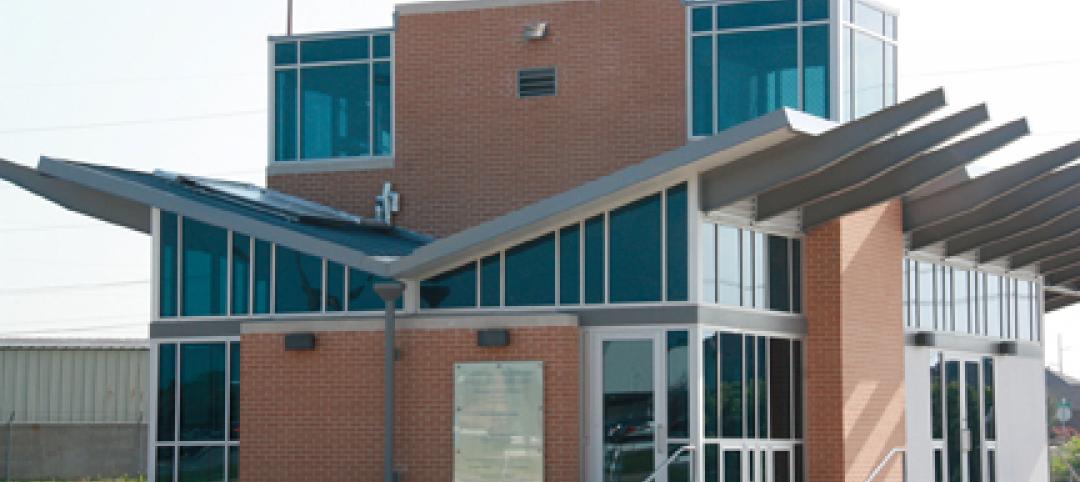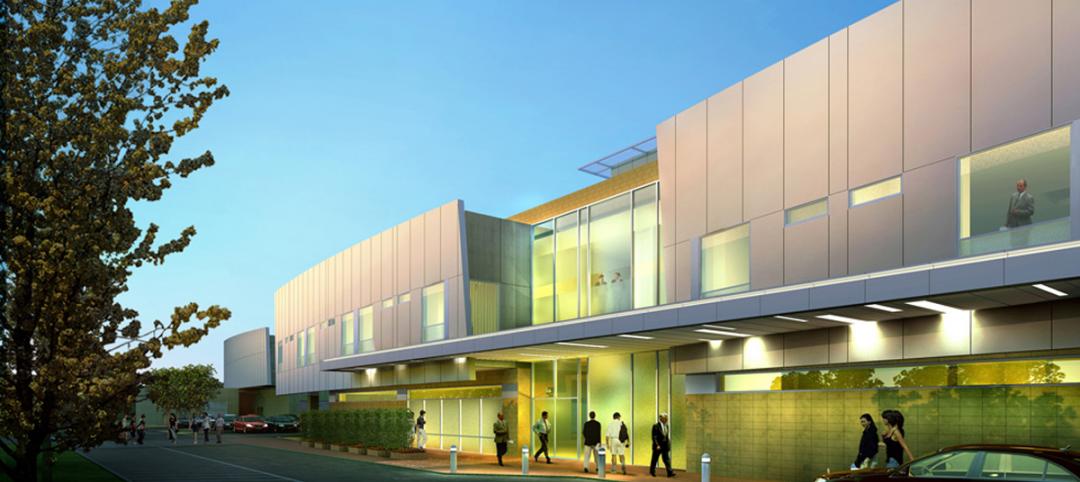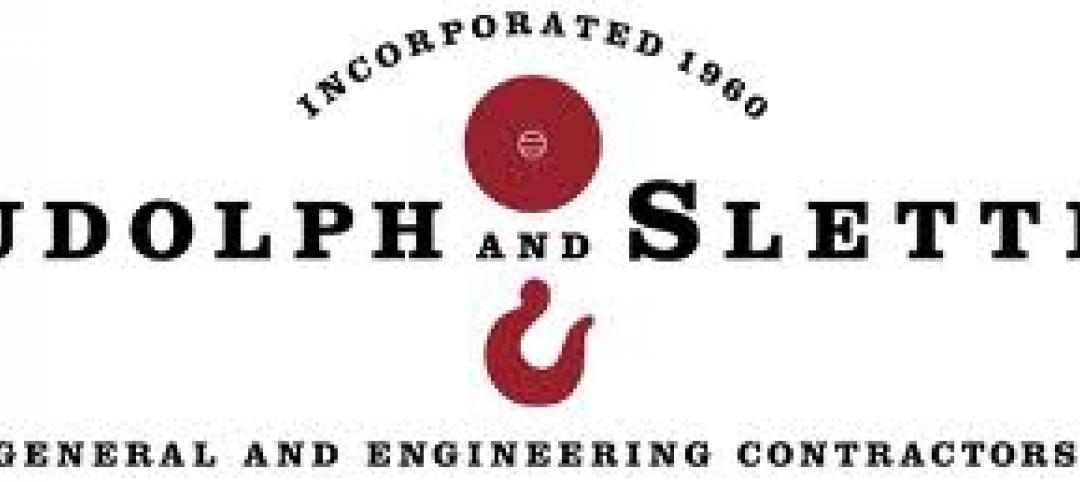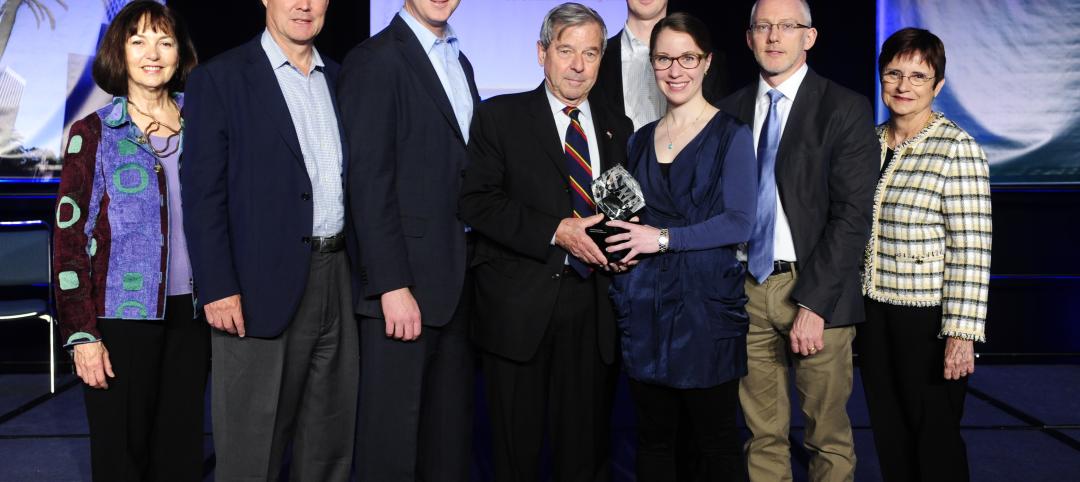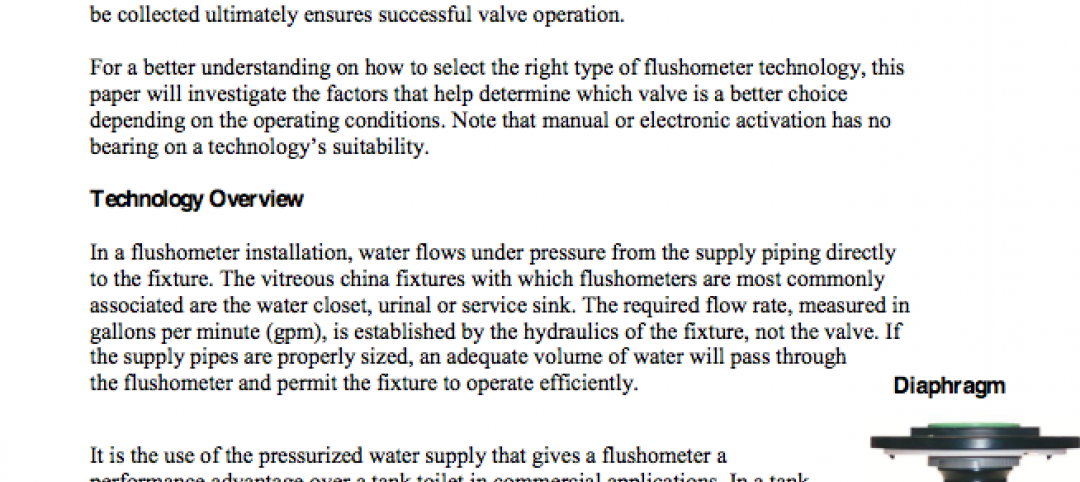A new report from the Associated Builders and Contractors found that prices for inputs to construction industries rose by 1.1% in May—the largest month-over-month increase in more than two years. The rise is also the third time in the last 10 months that construction materials prices have grown on a monthly basis.
Although prices saw gains in May, year-over-year prices dropped by 3% in May and have now fallen by more than 3% in each of the first five months of 2015. Of the 11 key construction inputs, only three experienced monthly price increases in May.
"Commodity markets experienced a reversal of several patterns that have been in place for many months in May," said Associated Builders and Contractors' Chief Economist Anirban Basu. "Most notably, key energy prices rose meaningfully, with oil prices rising to roughly $50 per barrel. While natural gas prices did not rise for the month according to the producer price index, they remained relatively flat after falling by more than 10% in three of the year's first four months. Many economic forces were at work, including a weaker U.S. dollar. Many commodities are priced in dollars, which helps to lay a floor under the associated prices. With the European economy showing signs of life the dollar's rise against the euro has effectively stalled."
Basu added that stakeholders should not consider this news the beginning of a new trend as there are several reasons to expect the U.S. dollar to advance against other major currencies over the course of the next few months. Of these expectations, there's an anticipated shift in monetary policy. An increase in interest rates will help to suppress further increases in commodity prices including those related to energy.
Only three of the key materials' prices increased in May:
• Crude petroleum prices expanded 15.6% in May but are down 42% from the same time last year.
• Crude energy materials prices gained 7.7% in May but are 37.3% lower year-over-year.
• Nonferrous wire and cable prices expanded 0.9% on a monthly basis but shed 2.8% on a yearly basis.
Eight of the 11 key construction inputs did not expand for the month:
• Fabricated structural metal product prices dropped 0.5% lower for the month but have expanded 0.8% on a year-over-year basis.
• Natural gas prices fell 1.7% in May and are down 48.4% from the same time one year ago.
• Prices for plumbing fixtures remained flat in May and are up 4.9% on a year-over-year basis.
• Prices for prepared asphalt, tar roofing and siding fell 1.5% for the month and are down 1.9% on a year-ago basis.
• Iron and steel prices fell 1% in May and are down 14.9% from the same time last year.
• Steel mill products prices fell 2% for the month and are 11% lower than one year ago.
• Softwood lumber prices fell 2.5% and are 7.9% lower than one year ago.
• Concrete product prices remained flat in May and are up 4.9% on a yearly basis.
Related Stories
| May 7, 2012
2012 BUILDING TEAM AWARDS: Audie L. Murphy VA Hospital
How a Building Team created a high-tech rehabilitation center for wounded veterans of the conflicts in Iraq and Afghanistan.
| May 3, 2012
2012 BUILDING TEAM AWARDS: Rush University Medical Center
This fully integrated Building Team opted for a multi-prime contracting strategy to keep construction going on Chicago’s Rush University Medical Center, despite the economic meltdown.
| May 3, 2012
Best commercial modular buildings and marketing programs recognized
Judges scored entries on architectural excellence, technical innovation, cost effectiveness, energy efficiency, and calendar days to complete.
| May 3, 2012
Zero Energy Research Lab opens at North Texas
The living lab—the only one of its kind in Texas—is designed to test various technologies and systems in order to achieve a net-zero consumption of energy.
| May 3, 2012
NSF publishes ANSI standard evaluating the sustainability of single ply roofing membranes
New NSF Standard provides manufacturers, specifiers and building industry with verifiable, objective criteria to identify sustainable roofing products.
| May 3, 2012
Ground broken for $94 million hospital expansion at Scripps Encinitas
New facility to more than double emergency department size, boost inpatient beds by 43%.
| May 3, 2012
Rudolph and Sletten, Inc. wins CMAA award
Firm recognized for the renovation of Grossmont-Cuyamaca Community College’s Student Administrative & Griffin Student Center.
| May 2, 2012
Building Team completes two additions at UCLA
New student housing buildings are part of UCLA’s Northwest Campus Student Housing In-Fill Project.
| May 2, 2012
Sasaki selected for 2012 National Planning Firm Award
The award recognizes a firm for its body of distinguished work influencing the planning profession.
| May 1, 2012
White paper discusses benefits of diaphragm and piston flushometer valves
The white paper highlights considerations that impact which type of technology is most appropriate for various restroom environments.





